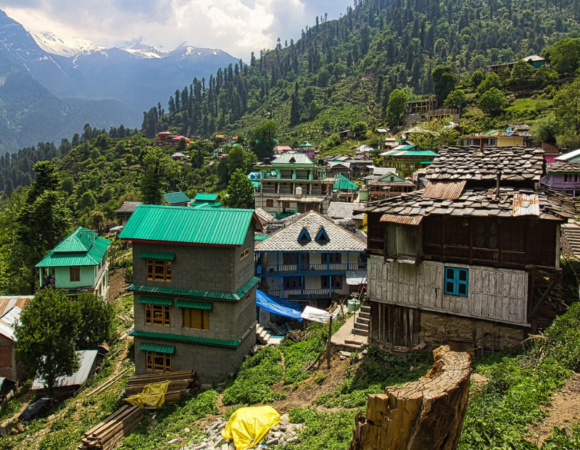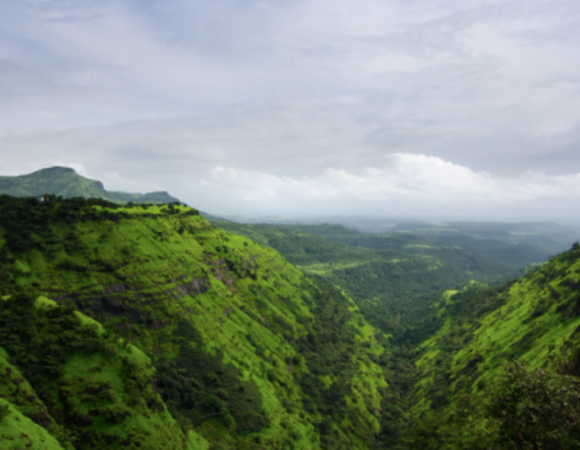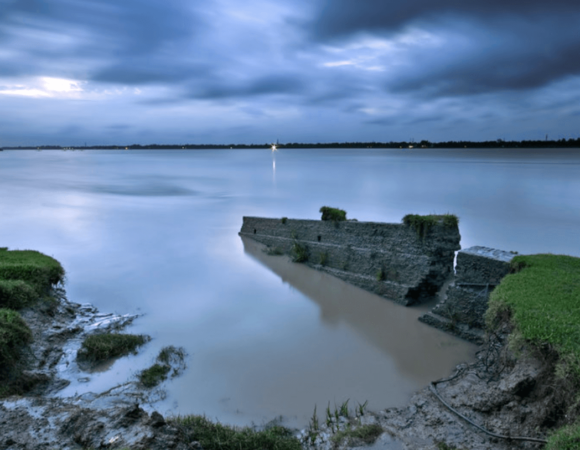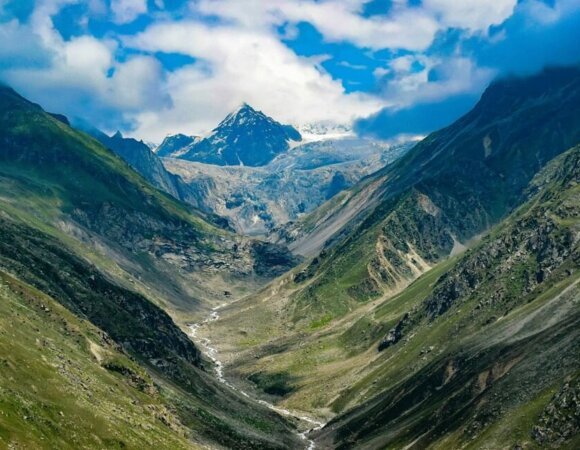Qutub Minar, History, Facts, Accident, How To Reach & FAQ
Table of Contents
ToggleIndian historical monuments attract tourists from all over the world. Qutub Minar is one of those historical pieces which is visited frequently by travelers from the country and abroad.

There is a lot has been already written by historians and contemporary authors about Qutub Minar but still, it seems something is left to be discovered!
Standing as an epitome of India’s glorious past Qutub Minar is a UNESCO World Heritage Site. India has many historical monuments and each has its story and relevance. Every historical place has a very intricate design and architecture largely influenced by the creator’s purpose and contemporary culture. Qutub Minar also has its own story.
Let’s explore the corners of this story to know more about Qutub Minar.
History Of Qutub Minar
Qutub Minar is minaret having an architecture largely derived from Afghan architecture (Minaret of Jam in Afghanistan). The monument has faced many reconstructions since the time of inception. The throne of Delhi changed its owners with the wheel of time. Everyone who ruled has a contribution in the present form of Qutub Minar.
Qutub-ud-din Aibak of the Mamluk dynasty started the construction of Qutub Minar as a symbol of Muslim invader victory over Hindu Land. The monument was one of the tallest monuments of its time and served a great view. In 1368, a thundershock struck the minaret and demolished the upper floor of the building. The monument was then reconstructed by Firoz-Shah-Tuglaq.
The forces of nature and time again played a crucial role and earthquake jolted the Minar in 1803. The wound caused over Minaret was once again healed by a British major Robert Smith in 1828. He also got a cupola constructed over the top. Although, this is a more believed fact by the historian’s conflict remains. Some also believe that Sikandar Lodi reconstructed the Minar after the earthquake horrors.
In 1848 Governer general of India Viscount Hardinge did not appreciate cupola over the fifth floor. He commanded its replacement from the top to the east of Qutub Minar. It still rests at the same place popular by the name of Smith’s Folly.
Qutub Minar Facts
| Qutub Minar Started By | Qutub ud din Aibak |
| Completed by | Shamshud-din Ittutmish ( Son-In-Law ) |
| Qutub Minar Height | 72.5 Metres (238 ft) |
| Qutub Minar Diameter | 14.3 Metres (47 feet) Base to Reducing 2.7 Metres (9 feet) to the peak. |
| Location | Mehrauli (South West Delhi) |
| Purpose | As a Victory Monument |
| Entry Fee | 30 INR/- For Indians – 500 INR/- For Foreign Nationals |
Many hands have been involved in shaping the present view of Qutub Minar. Qutub Minar is the testimonial of time which has shaped Delhi and its people.
Read More: Hidden Hill Stations In India/
Architecture & Intricacies of Qutub Minar
Qutub Minar has five tapering storeys. Each floor is unique and keeps you interested as you hail along. The monument has become tilted about 65cm. Experts claim this to be a safe construction if the base remains strong. Continuous check on base efficiency is done to ensure safety standards of the building. The base has a diameter 14.3 m and the top is 2.7m.
There are 379 staircases and walls are engraved with inscriptions of the Quran and Holy texts. Each minaret has a balcony surrounding it. The lotus bordered carvings, looped bells and intricacies represent the historic contemporary designs.
The lower three storeys are built of red sandstone and the fourth is constructed of marble. The fifth floor has a mix of marble and sandstone structure.
The Parso- Arabic and Nagari inscriptions on the wall quote the reconstructions and engraving from Tuglaq and Sikandar Lodi (1381-1517).
Many monuments built after Qutub Minar copied the architecture of this grand building.
Qutub Minar Accidents
On 4 December 1981, the staircase lighting failed. Within 400 – 500 visitors rushed towards the exit, and 47 people were killed and some were injured. Most of these were school children. After that period, the tower has been closed to the public.
Nearby Places to Visit Qutab Minar
Qutub Minar has many other historically relevant monuments in its surroundings. These together form the Qutb complex. These are the main attractions of the Qutb complex:
Quwwat-ul-Islam Mosque:
The construction of this Mosque signifies the horror which Muslim rulers showered on the temples of Hindu & Jains. The mosque is believed to built out of ruins from Hindu & Jain Temples by Mamluk dynasty founder Qutub ud din Aibak.
He established this mosque to establish the supremacy of Islam over other religions. This is also by the name of “The Great Mosque of Delhi”.
The Iron Pillar of Delhi:
This pillar was constructed by King Chandragupta and currently, it stands 7.3 meters high in Mehrauli, Qutb Complex, Delhi. It is 7.2 meters high and has 16.2 inches in diameter.
The reason it becomes the centre of attraction is its rust-resistant property. Historical facts reveal that the pillar was erected near Udaygiri Caves and soon moved to Delhi during early Delhi Sultanate Period.
The Tomb of Imam Zamin:
Zamin was “Mohammad Ali” the Islamic Clerik in the reign of Mughal Emperor Humayun. After his death, Zamin was buried in the centre of the Mausoleum. This was constructed by Ali himself and it was the last addition in the Qutb Complex.
The Tomb of Iltutmish:
Shamsud din Ittutmish was the son-in-law of Qutub ud din Aibak. This tomb was constructed for him. This is located to the North West of The Great Mosque of Delhi. The tomb has a simple architecture mostly encrypted with Mughal intricacies and writings.
Read more: Best Hill Stations Near Delhi
The tomb also has some Hindu motifs like lotus, diamonds and minute detailing. The interior is intricate and consists of three Mihrabs (Prayer Niches). The exterior is subtle and simple.
Major Smith’s Cupola:
| Creator | Major Smith |
| Timings to Visit | Sunrise – Sunset |
| Coordinates | 28.523983000000001, 77.186554000000001 |
| Location | Qutb Complex, Mehrauli, Delhi |
Qutub Minar was constructed to commemorate the Victory of Mohammad Gori over Prithiviraj Chauhan in 13th Century AD. This Cupola was built by Governer general Smith to leave his imprint on Qutub Minar. It was earlier on the top of the monument but probably later it was moved down near Sanderson’s Sundial. This construction always arouses curiosity amongst visitors. Its placement near the Qutub Minar makes tourist think as to what made the creators put this down?
The answer is that Smith was asked to reconstruct, not reinvent. He applied his own wit and placed a Bengali umbrella structure over an Islamic monument. This was a fault and since then the construction is placed down popular by the title of “Smith’s Folly”.
How To Reach Qutub Minar?
Delhi is one of the most connected cities. People from all over the country move to Delhi for work and leisure. Road, Rail and Air all three means of transport are available to reach Delhi. Book tickets and reach Delhi to relish a historical tour to Qutub Minar.
| Nearest Airport | Indira Gandhi International Airport, Delhi |
| Nearest Bus Stand | Kashmiri Gate Bus Stand, Delhi |
| Nearest Metro Station | Qutab Minar, Metro Station, Delhi |
| Nearest Railway Station | Old Delhi Railway Station, Delhi |
While in Delhi do not forget to try tempting street food and market. Khan Market, Sarojini Nagar, Lajpat Nagar, Janpath Lane and Cannought place are the must-visit spots in Delhi.
Final Thoughts for Qutub Minar
Unlike other buildings in the city, Qutub Minar is a place where you can find fusion of art and Islamic culture. This place gives you a golden opportunity to break the mold and unleash your photography talent.
You can capture pictures and filter them with a historic touch. Qutub Minar’s glory and opulence are entirely different from the conventional opulence of modern buildings in Delhi.
Frequently Asked Questions (FAQ) For Qutub Minar
What is the best time to visit Qutub Minar?
Qutub Minar is located in Delhi which experiences really hot summers. Winters are pleasing in Delhi. In winters you can taste all the street food and travel across roads in the market.
So, December to March is the most preferable time for sightseeing in Delhi. Click lots of selfies, pictures with friends or family and make memories for a lifetime.
Is there a guide required to visit Qutub Minar?
Absolutely no requirement of a guide. Just read a few blogs and articles like ours and you are good to go!
What is the best way to reach Qutub Minar?
Qutub Minar Metro Station is the most preferred means to visit Qutub Minar. When you reach the Qutub Minar metro station you have to take public transport or you can take cabs to reach Qutub Minar.
What are the nearby places you can visit?
Alai Darwaza, Lodhi Garden, Jantar Mantar, Iron Pillar, India Gate, Agrasen ki baoli
What to eat when visiting Qutub Minar?
Delhi is known for North Indian rich cuisine. You can check out local street food or restaurants for Chole Bhature, Tandoori Momos, Chaat, Papdi and different other tasty food items.
What is the angle of tilt of Qutub Minar?
The earthquake and lightning incidents have led to the tilting of this monument (65cm). Although, experts claim this safe if the base of the building stays strong. Regular checking occurs to evaluate the safety and check base strength.
Why is Qutub Minar so fascinating?
Qutub Minar is one of the tallest brick monument which is included in UNESCO world heritage sites. Its beauty and grandeur mesmerize travellers from all over the world.








[…] is the most widely recognized goal from Delhi and it turns out to be greatly crowded during ends of the week. In the event that you despise […]
[…] Qutub Minar is located in Delhi, India. […]
[…] is the most widely recognized goal from Delhi and it turns out to be greatly crowded during ends of the week. In the event that you despise […]
[…] Qutub Minar is located in Delhi, India. […]